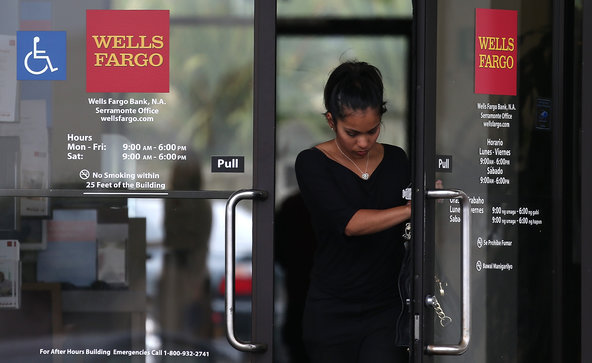Banks and other mortgage servicers have accepted $815 million in taxpayer-funded incentives for helping homeowners who have since redefaulted on their home loans, a watchdog for the Treasury Department’s Troubled Asset Relief Program, or TARP, reported on Wednesday.
More than a third of homeowners who received loan modifications under TARP’s mortgage modification program have since stopped paying, but servicers kept the money they received for modifying those loans, according to a report by Christy L. Romero, the special inspector for TARP.
Many of the homeowners received scant relief, with a large majority benefiting from a reduction of less than 10 percent on their monthly payments, according to an analysis by Ms. Romero’s office.
The Treasury has spent only about a fifth of the $38.5 billion allocated to help homeowners under TARP. Any TARP money not spent by the end of 2015 will be returned to the general fund.
“Treasury took extraordinary action to bail out the banks,” Ms. Romero said. “They still have to do the same for homeowners. The idea was not to put money into the banks and then have them fail later, and the same is true for homeowners.”
Treasury officials have defended the mortgage program, called the Home Affordable Modification Program, pointing to data showing that loan modifications under its rules have been longer-lasting, and more favorable to homeowners, than private loan modifications. The Obama administration has also taken a number of steps to improve the program, and more recent modifications show lower default rates after a year than those given in 2009 and 2010.
At first, servicers received $1,000 for every loan modified. Now they are paid $400 to $1,600 for permanent loan modifications, depending on how many months in arrears the homeowner was (a modification made at the first sign of trouble is more effective than one made after many months of failure to pay). They can receive extra money if they reduce the monthly payment more or the loan modification lasts longer.
Timothy G. Massad, assistant Treasury secretary for financial stability, said the loans in question already posed a high risk of default. “While the housing market and the economy are improving, it is important to acknowledge the variety of challenges homeowners faced during the economic crisis, including unemployment and underemployment,” he wrote in a letter to Ms. Romero. “These facts limit the ability to achieve a very low redefault rate by program design alone.”
The Obama administration was criticized for failing to help homeowners enough during the financial crisis, but such complaints have receded as the housing market improves. According to CoreLogic, the national foreclosure rate is still more than double what it was before home prices began to plunge in 2007 and 2008. As many as 9.7 million households, out of roughly 75 million owner-occupied homes, still owe more on their mortgages than their home is worth.
The Home Affordable Modification Program was initially supposed to help three to four million homeowners, but only 1.2 million received permanent modifications, of which about 27 percent have defaulted again.
The report found that the smaller the reduction in payments and overall debt, the more likely the homeowner was to redefault. Those who had low credit scores, owed significantly more than their home was worth or had mortgages less than five years old were also more likely to stop paying.
Ms. Romero said that Treasury had not collected enough information about what was causing loan modifications to fail.
“We’ve been focused on trying to get more people into the program, and Treasury has too,” she said. “And all of a sudden we were thinking, how many people are falling out of the program?”
Of the 865,000 people who have current loan modifications, she said, more than 10 percent are one or two payments behind. Those people may be eligible for help from other federal programs.
“Treasury should require, at the very least, the servicers to reach out to the homeowners,” she said, “and ask ‘What’s going on?’ ”

Article source: http://www.nytimes.com/2013/07/25/business/new-defaults-trouble-a-mortgage-program.html?partner=rss&emc=rss

